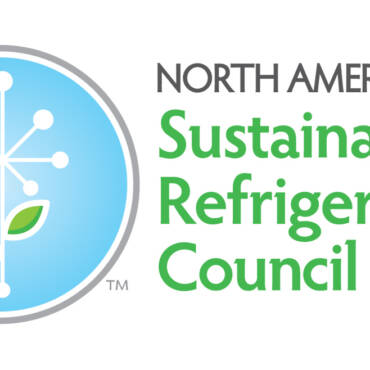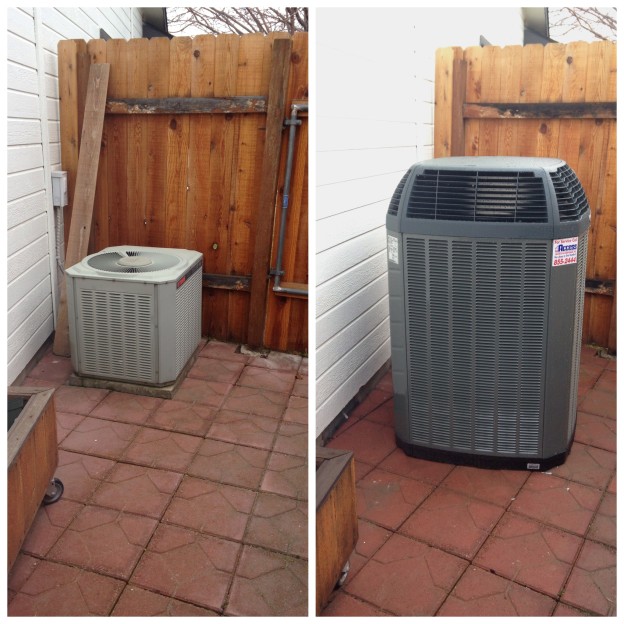The Department of Energy (DOE) announced today that Wisconsin has launched its first Home Energy Rebates program, supported by the Inflation Reduction Act (IRA). Wisconsin is the first state in the nation to launch the Home Efficiency (HOMES) portion of the rebate program – enabling households at all income levels, with an emphasis on lower-income households, to save on the installation of heat pumps.
Wisconsin’s launch is part of the government’s nationwide initiative to provide $8.8 billion in federal funding for states to lower energy costs and increase efficiency in American homes by making it cheaper to install cost-saving mechanisms such as heat pumps, electrical panels, and insulation.
Wisconsin is launching the HOMES program – one of two programs making up the Federal Home Energy Rebate programs – by leveraging the program infrastructure already in place for the state’s existing Focus on Energy program.
Residents must first complete a home energy assessment provided by a licensed energy auditor to determine the home’s upgrade needs and establish the estimated energy savings each upgrade would provide. Low-income households are eligible for a rebate to help cover the cost of the home energy assessment. Rebate amounts are based on household income and the amount of estimated energy savings.
For single-family homes, rebates will range up to:
• $10,000 for those making less than 80% of their area median income (AMI).
• $4,000 for those making between 80% to 150% AMI.
• $3,000 for those making at or above 150% AMI.
Multifamily properties are also eligible. Rental units with low-income tenants are eligible for up to $10,000 in rebates, depending on estimated energy reductions.
The IRA provided Wisconsin with nearly $150 million for its Home Energy Rebate programs. Wisconsin expects to launch its Home Electrification and Appliance Rebates (HEAR) program later this year. Through the HEAR program, Wisconsinites can receive up to $14,000 off high-efficiency electric appliances and other energy-efficient home upgrades.
“The HOMES and forthcoming HEAR programs will go a long way in lowering costs for important energy efficiency and clean energy upgrades for households across the nation and here in Wisconsin,” said Wisconsin Governor Tony Evers. “Together, these programs will save folks and families up to $1 billion every year in energy costs and support roughly 50,000 jobs. This is proof that we don’t have to choose between protecting the environment and economic development and creating jobs — we can and are doing both.
The DOE has now awarded $1.2 billion to states to implement Home Energy Rebate programs. Ten states have received full funding from the DOE to launch one or both rebate programs: Arizona, California, Hawaii, Indiana, Maine, New Mexico, New York, Rhode Island, Washington, and Wisconsin. Although, New York and Wisconsin are the only two states that currently have rebates available.
“Home energy rebates for clean and energy-efficient appliances and upgrades are good for the planet because they help cut pollution. But more importantly, they are good for Wisconsin families because they will save money by lowering energy bills,” said John Podesta, senior advisor to the President for International Climate Policy. “Congratulations to Wisconsin for being the second state in the nation to make these game-changing Inflation Reduction Act incentives available to their residents.”
Whether you require installation, repair, or maintenance, our technicians will assist you with top-quality service at any time of the day or night. Take comfort in knowing your indoor air quality is the best it can be with MOE heating & cooling services Ontario's solution for heating, air conditioning, and ventilation that’s cooler than the rest.
Contact us to schedule a visit. Our qualified team of technicians, are always ready to help you and guide you for heating and cooling issues. Weather you want to replace an old furnace or install a brand new air conditioner, we are here to help you. Our main office is at Kitchener but we can service most of Ontario's cities
Source link




Add Comment